Today we celebrate Halloween, a day when we tend to frighten each other with scary stories, usually related to various otherworldly things. But it is not necessary to resort to mysticism. You just need to peek into the sky. Outer space is a very dangerous place, where a traveler in a spaceship can expect objects that can instantly destroy it. Some of them can even threaten planets. In this article, we will talk about the most dangerous objects and phenomena in the Universe.

Asteroids and comets
Movie makers often use the cliché of the asteroid belt, so dense with rock that flying through it is almost a guaranteed death. This is a very, very strong exaggeration. In reality, the distances between asteroids are so great that a space traveler is more likely to die from a shark attack while on vacation on Earth than from a collision with a rock.
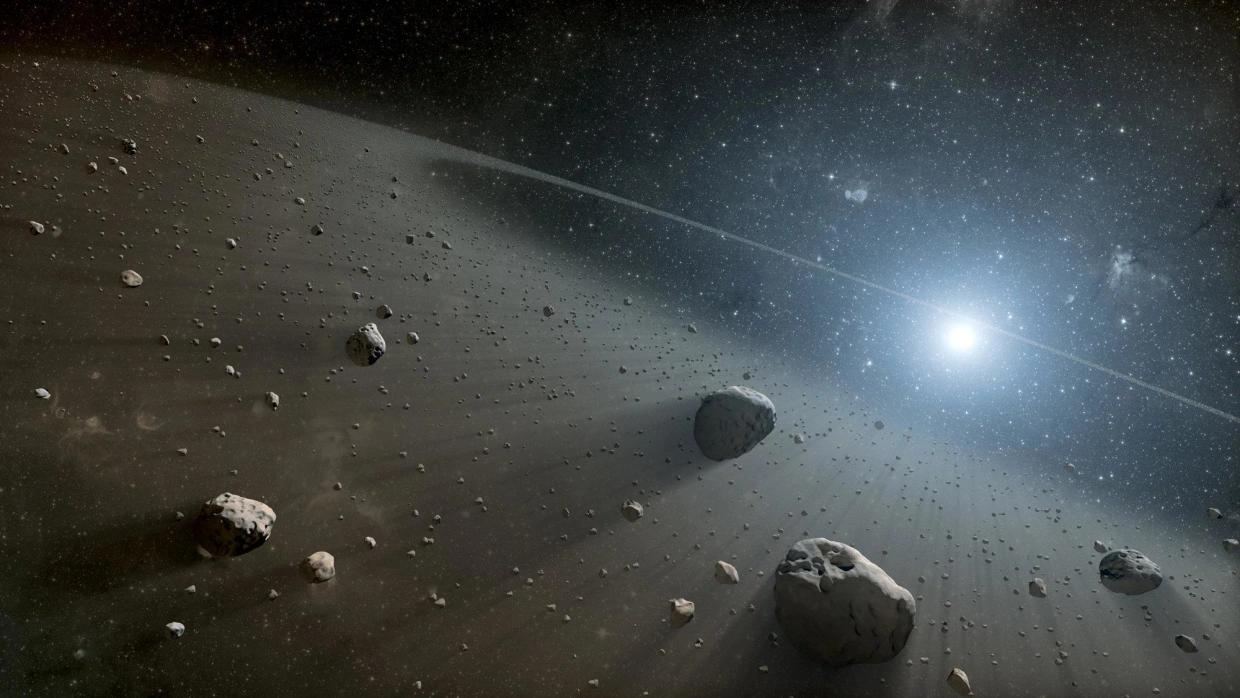
At the same time, no one denies that asteroids fall on our planet from time to time. And such events have repeatedly changed the course of history, causing at least one mass extinction — the one that wiped out the dinosaurs. But how great are the chances that we ourselves will share the fate of ancient lizards?
The good news is that astronomers have studied the outskirts of our planet quite thoroughly and have already found almost all the rocks big enough to destroy our civilization. None of them will collide with the Earth in the next few hundred years.
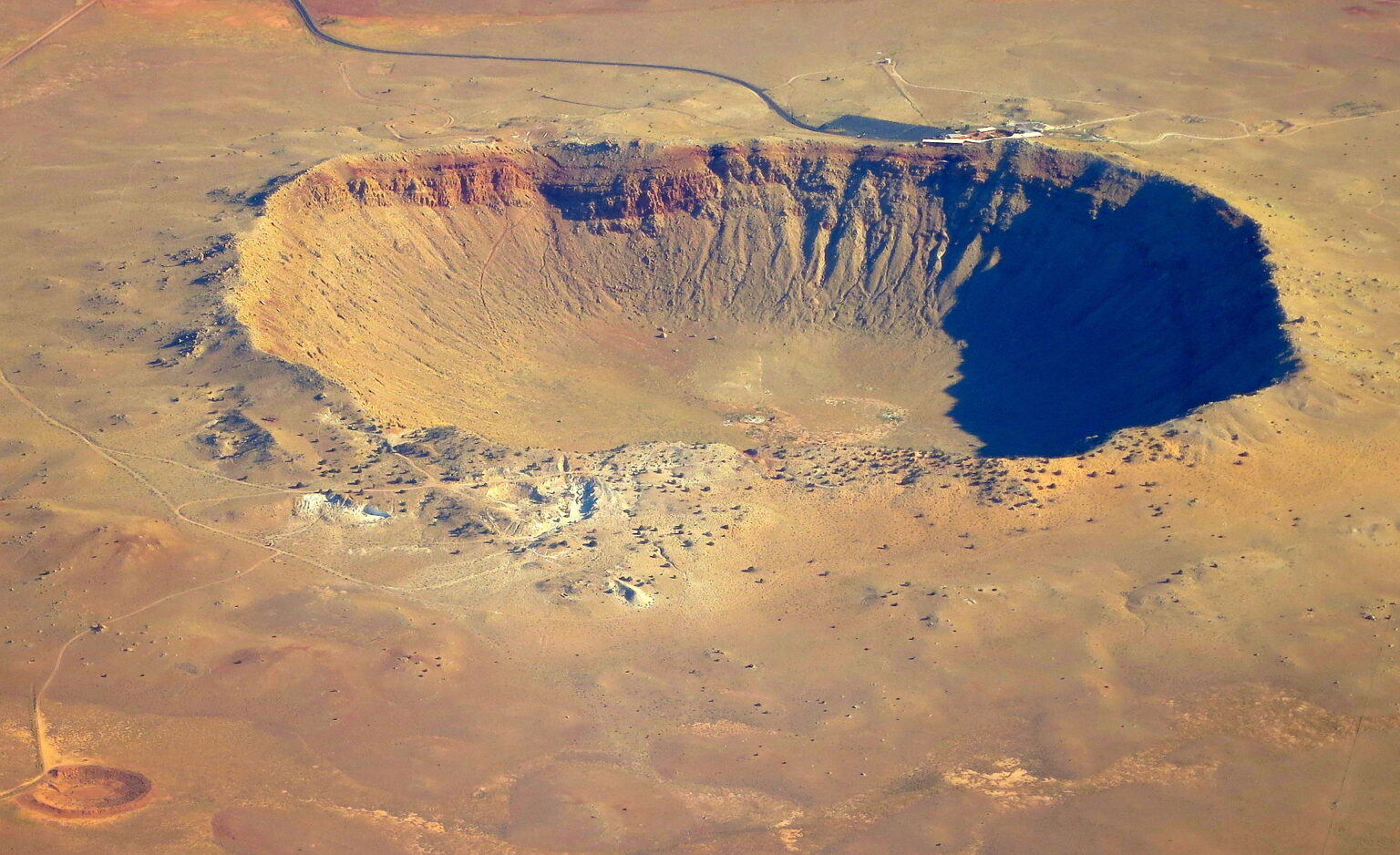
At the same time, there are many much smaller stones in space, the fall of which will not lead to the end of the world, but, for example, can devastate a city. Another problem with asteroids is that their orbits change quite frequently, which makes it impossible to make any long-term forecast of their stability. That is why space agencies have been making such significant efforts in recent years to find small asteroids and identify their orbits.
As for comets, they are in some ways even more insidious than asteroids. The fact is that comets are destroyed quite quickly by solar radiation. However, they have a source of regular replenishment — the Oort cloud. From time to time, new tailed guests come to us from there. Their visits are almost impossible to predict in advance. On average, astronomers usually detect them 6 to 12 months before perihelion. Theoretically, the orbit of one of the new comets may intersect with the Earth’s. The only consolation is that there are far fewer such objects than asteroids, and the probability of such an event is quite low. But it is still different from zero.
Star flares
From time to time, our Sun produces flares. Now their number has increased because our sun is entering a new period of activity. But do such events pose a threat to life on our planet? And what about our technologies and astronauts in the orbit?
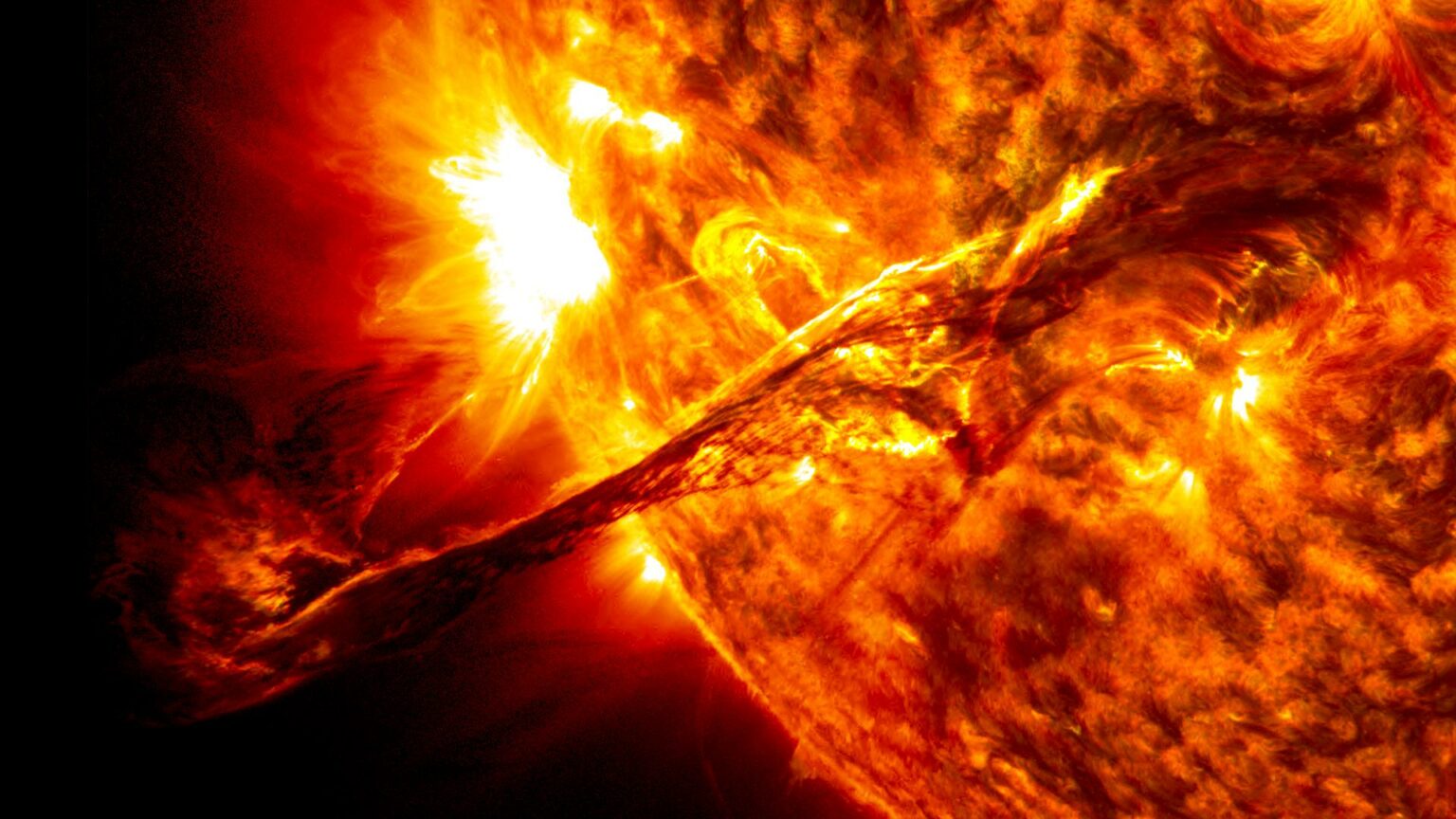
The answer to the first question is no. The Earth’s surface is reliably protected from solar storms by an umbrella of magnetic field. Therefore, even the most powerful solar flare cannot pose a direct threat to life itself on our planet.
Unfortunately, the same cannot be said for technology. In recent years, scientists have conducted a number of simulations of the effects of a solar superstorm on infrastructure, similar to the famous Carrington event of 1859 or even more powerful outbreaks of the past, whose traces were found as a result of the analysis of annual rings. Their results are quite alarming. Such an outbreak would pose a serious challenge to our civilization. Power grids will suffer the greatest damage. A superstorm could knock out many transformers, which would take many months, and possibly even years, to restore.
Satellites in high orbits will also be affected, many of which will be disabled. As for the astronauts, if they are outside of Earth orbit at the time of the outbreak, they will have to urgently find a shelter that can protect them from radiation, otherwise they risk getting radiation sickness.
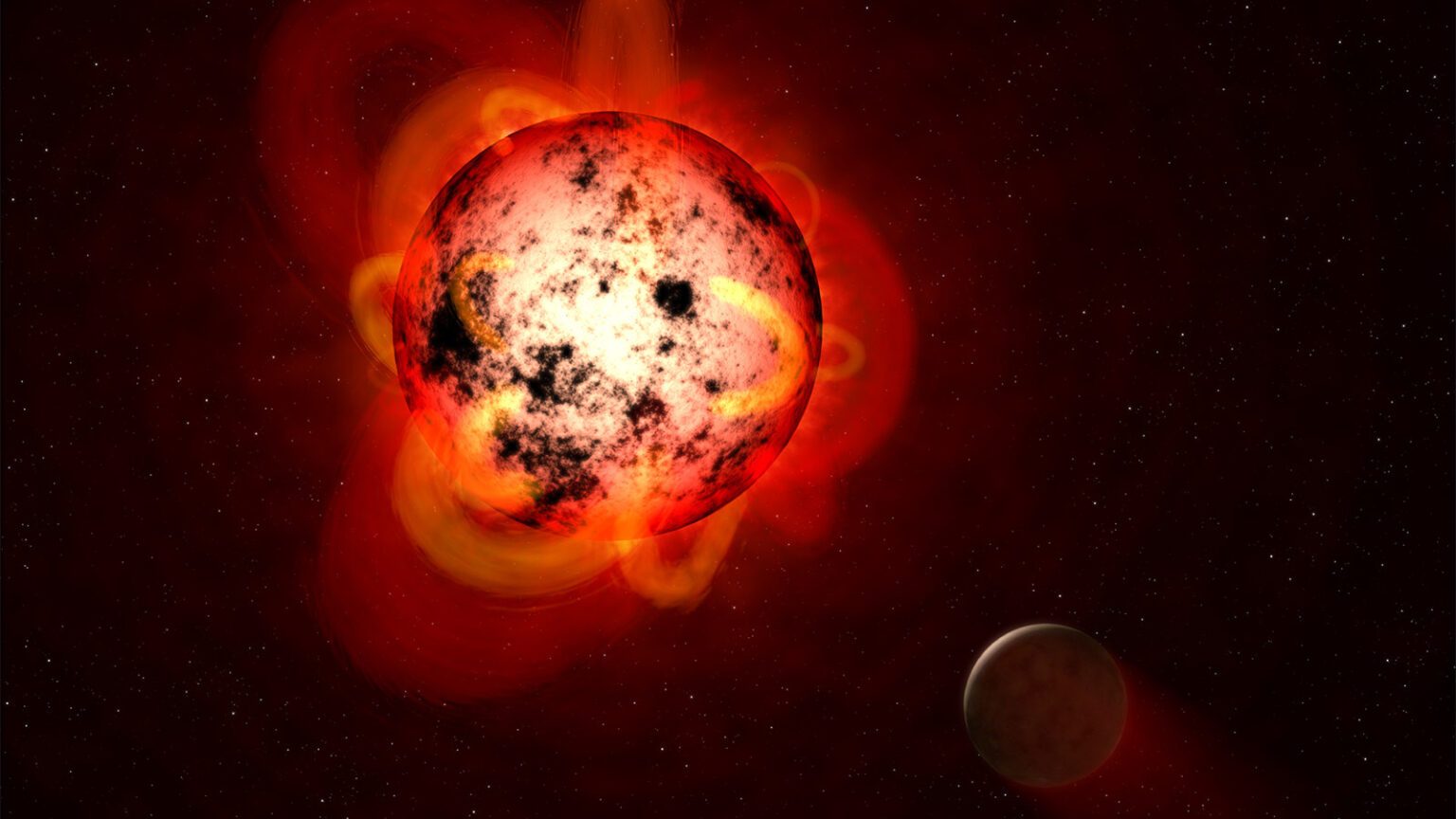
If humanity ever manages to master interstellar travel, the problem of stellar flares will become even more acute. The fact is that about three quarters of the Milky Way’s luminaries are red dwarfs. These stars are characterized by a very volatile temperament and often produce flares that are orders of magnitude more powerful than the Sun’s. And this is one of the reasons why many scientists doubt that life can arise in red dwarf systems. So far, we don’t know whether this is true or not. But in any case, it is obvious that if humanity ever tries to send an expedition to a red dwarf, it will have to find a way to somehow protect its participants from deadly outbreaks.
Interstellar wanderers
In recent years, astronomers have gathered a wealth of data indicating that the space between stars is not completely empty. In fact, it is inhabited by a large number of objects that, in theory, could pose a threat to the Earth.
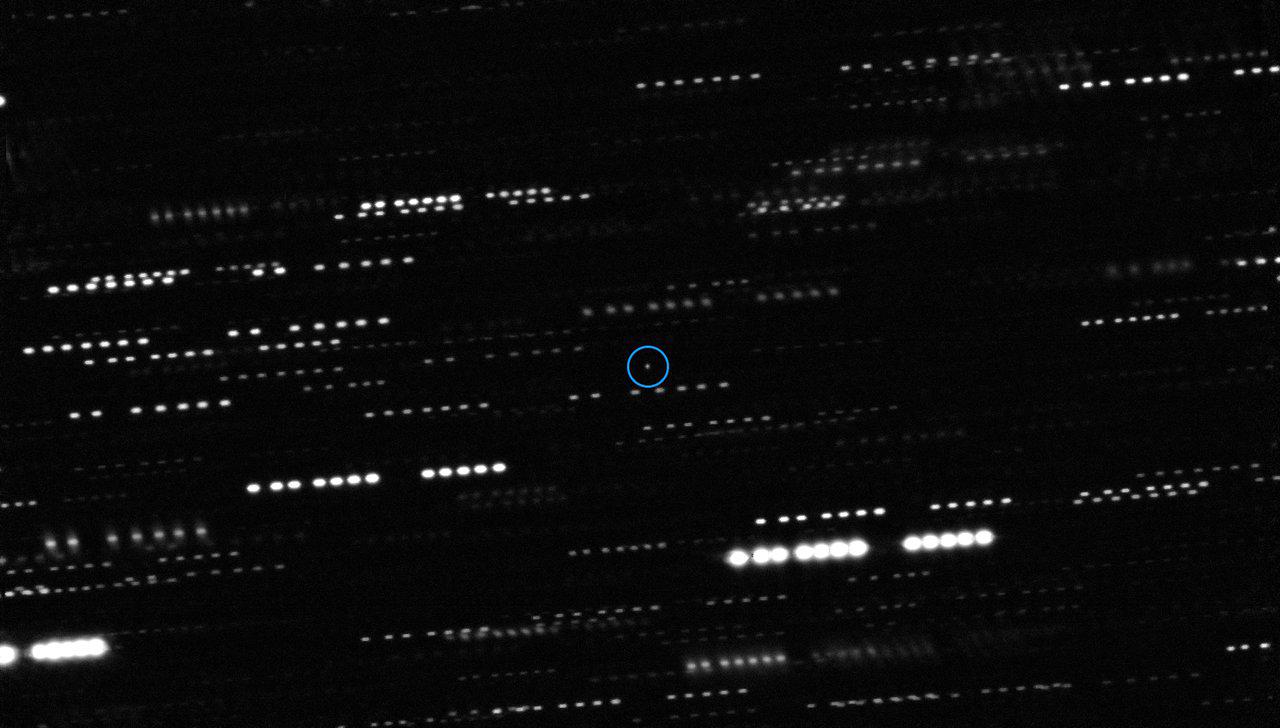
Some of them are interstellar asteroids and comets. These are bodies that were ejected from their home star systems during their formation. So far, astronomers have managed to detect two such objects that have flown through the Solar System. They are Oumuamua (its exact nature is still under debate) and Comet Borisov.
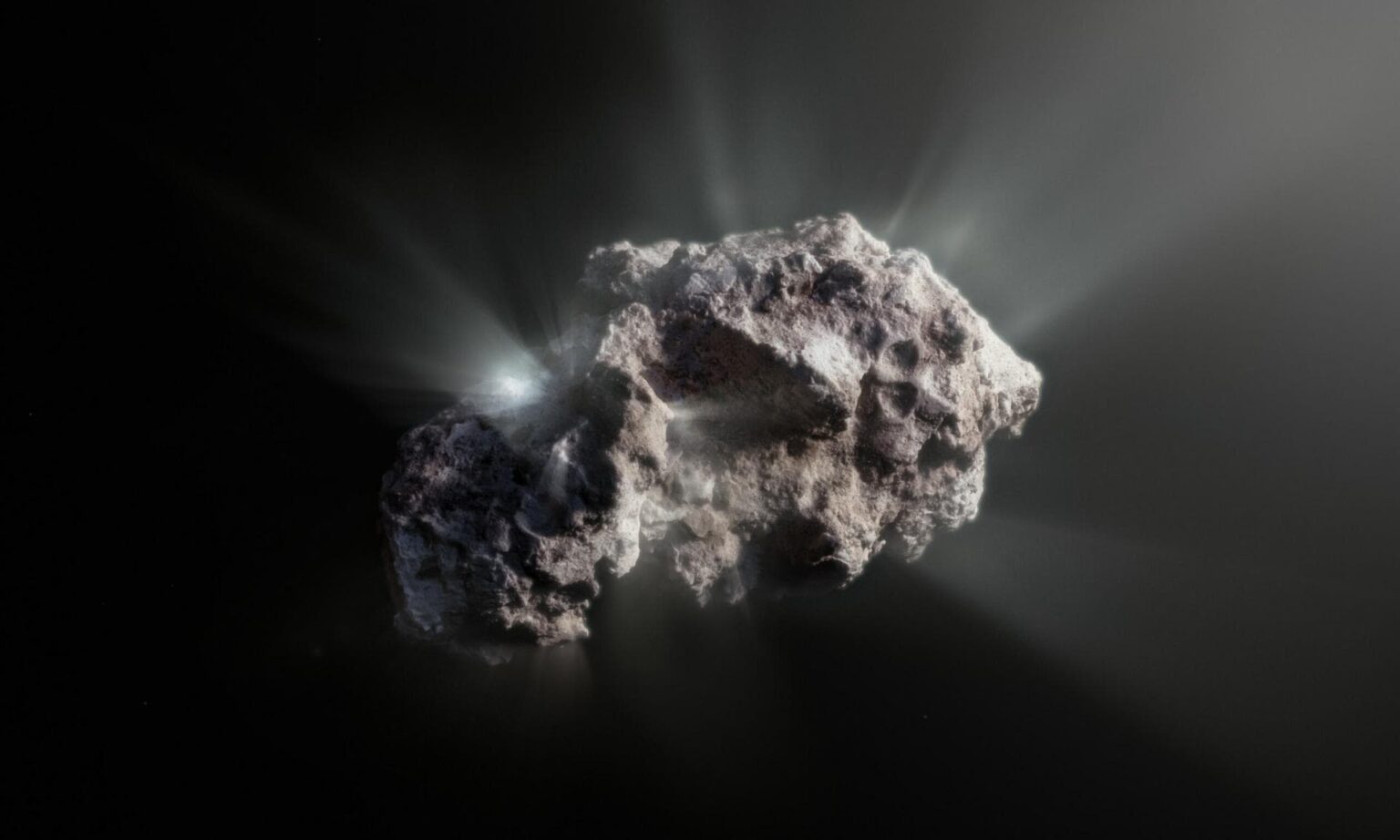
The main reason for the danger of interstellar asteroids and comets is their speed. It far exceeds the speed of bodies in our solar system. This reduces the time available to detect them and take any measures to change their orbit or evacuate the population. In addition, more energy will be released during the fall of an interstellar asteroid than during a collision with an object of a similar size originating from our own Solar System.
But not only small bodies but also entire planets can be ejected from star systems by gravitational perturbations. According to the most conservative estimates, there are at least a billion of wandering planets in our Milky Way that are forever without a home. Some astronomers even believe that there are more of them than ordinary planets.
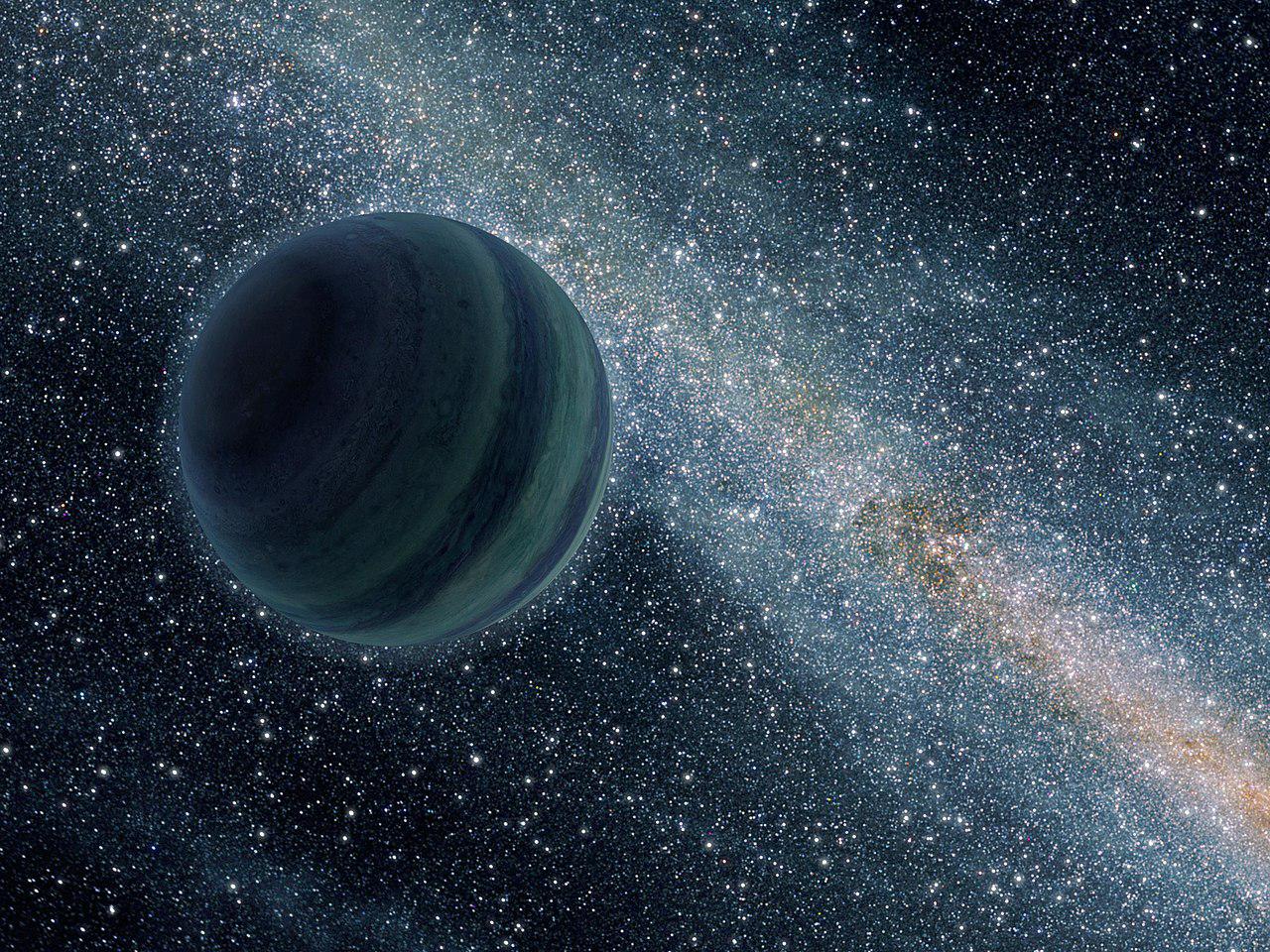
Of course, a direct collision of such a rogue planet with the Earth is extremely unlikely. But its close flyby could lead to destabilization of the orbits of the Solar System’s bodies, which, of course, does not bode well.An orphan planet as imagined by an artist. Source: NASA/JPL-Caltech
What could be more dangerous than a traveling planet? A traveling star — or, more precisely, an object with a diameter of several tens of kilometers and a mass like a star, moving at a speed of several percent of the speed of light. And this is not just a scenario of a science fiction disaster movie. Such bodies do exist.
We are talking about neutron stars. They are born when supernovae explode. Sometimes such an explosion is displaced. This leads to the fact that the tremendous energy released during this process accelerates the neutron star to such enormous speeds that it will leave its home galaxy forever.
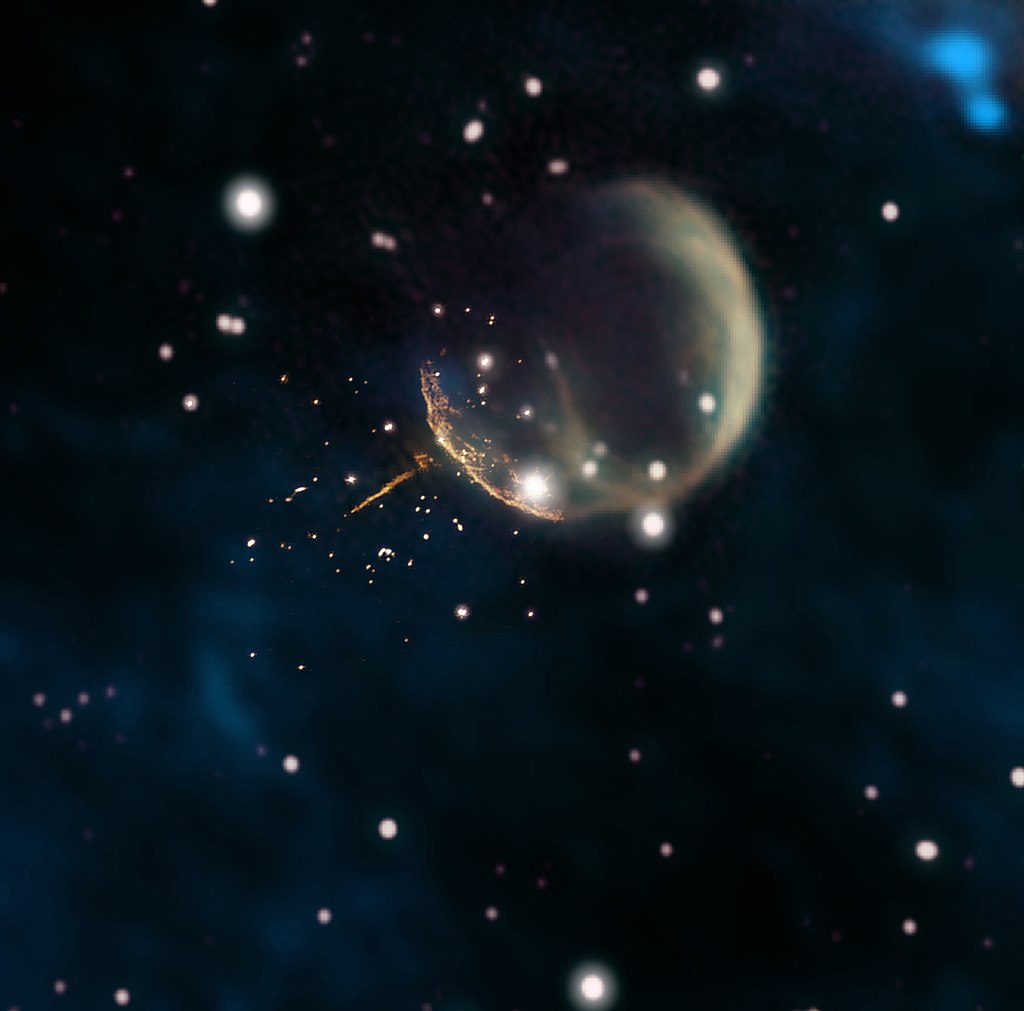
But before that, such a “star ball” can cross the entire galaxy. And if another star system gets in its way, it will be in trouble, to put it mildly. Of course, a direct collision of a neutron star with other planets or stars is virtually improbable. But it will not be needed. The very fact of the appearance of such a huge mass in close vicinity will completely destroy the existing configuration of the star system, which is why its planets can become outcasts themselves. And if there is life on them, then we hardly need to explain what catastrophic consequences such a cataclysm would have.
Space explosions
Killer asteroids and wandering planets are not the only space threats we should pay attention to. From time to time, large-scale energy releases occur in the Universe that can lead to the extinction of life on our Earth.
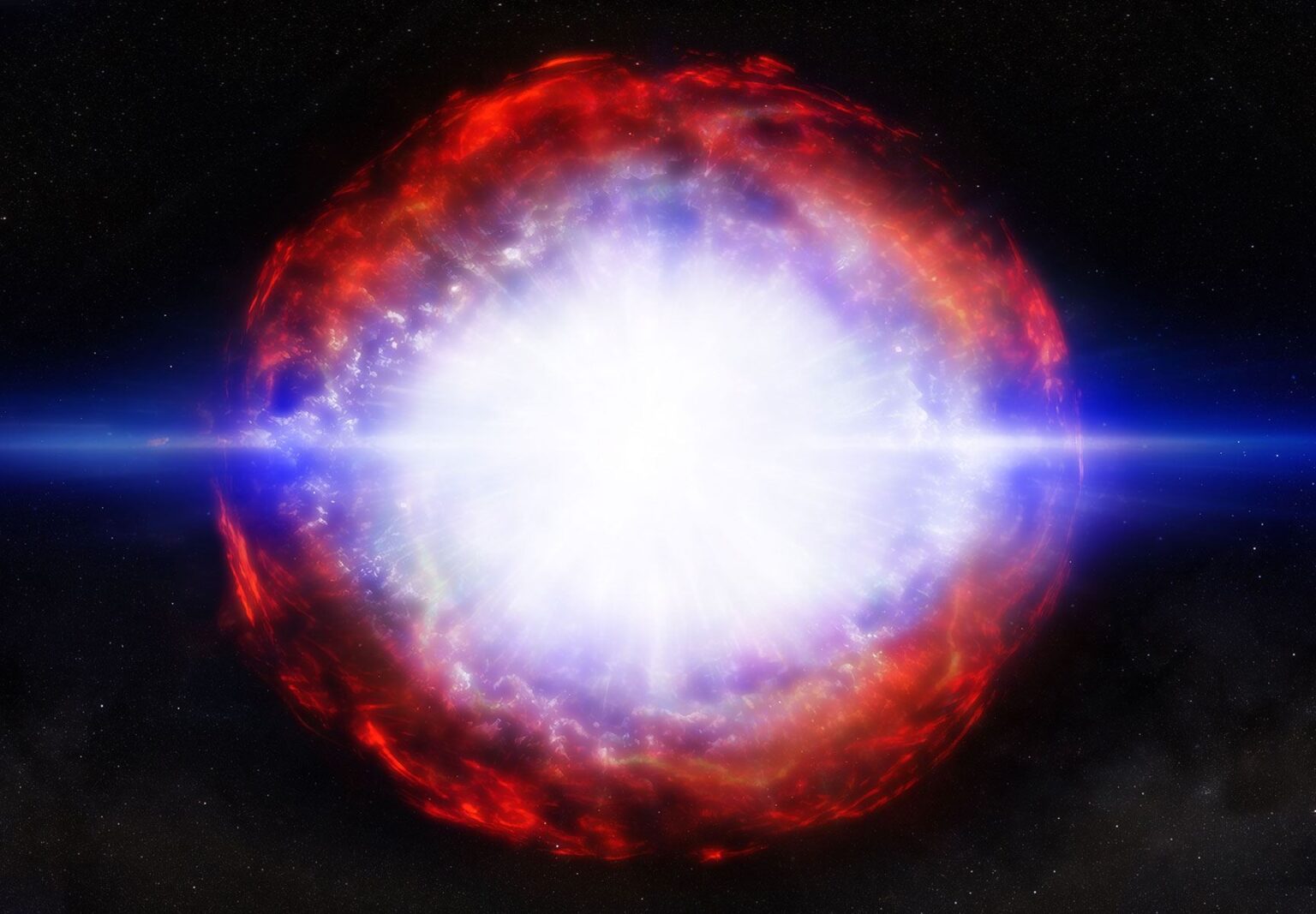
We are talking about supernovae. They occur for various reasons. Sometimes due to the collapse of giant stars, sometimes due to the explosion of white dwarfs that have absorbed too much matter. But each time, the result is the release of a colossal amount of energy, which is equivalent to the energy produced by the Sun during its lifetime.
Of course, our Sun does not face a similar fate. It is too small to become a supernova. But what happens if one of the neighboring stars goes supernova?
Scientists estimate that if a supernova erupts at a distance of several tens of light-years from the solar system, its gamma radiation can simply destroy the Earth’s ozone layer. As a result, its surface will be exposed to the harmful effects of ultraviolet and cosmic rays. Of course, a supernova is unlikely to completely destroy life on our planet. But it is quite capable of causing mass extinction. The only consolation is that the Sun is located far from the galactic center, where most supernova explosions occur. By the way, this is why many astronomers believe that complex life is unlikely to develop in the central regions of the galaxy.
An even more terrifying scenario is a gamma-ray burst. It is a narrow beam of radiation that occurs during events such as the merger of neutron stars or black holes. If our planet is in the path of such a beam, it can destroy its ozone layer from a distance of several thousand light years, and sterilize its surface from a distance of a hundred light years.
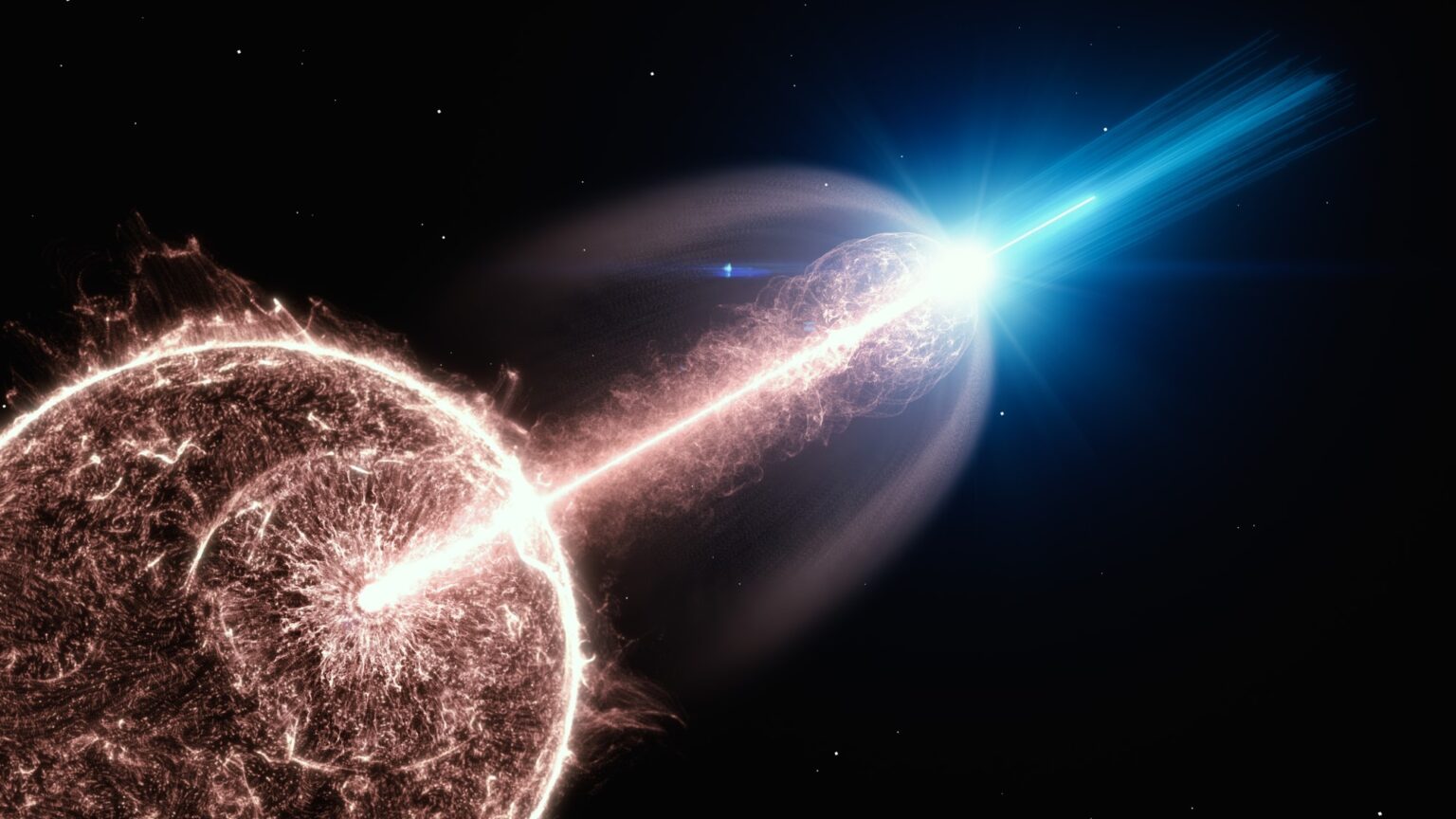
Fortunately, such events are extremely rare — and the likelihood of being in the path of a gamma-ray burst is even less. Still, we shouldn’t discount them. It is quite possible that a gamma-ray burst is responsible for one of the mass extinctions that occurred on Earth several hundred million years ago.
Black holes
Black holes are a very popular cosmic horror story. And there is nothing surprising about it. How can you not be afraid of an object whose gravity is so powerful that even light cannot leave it?
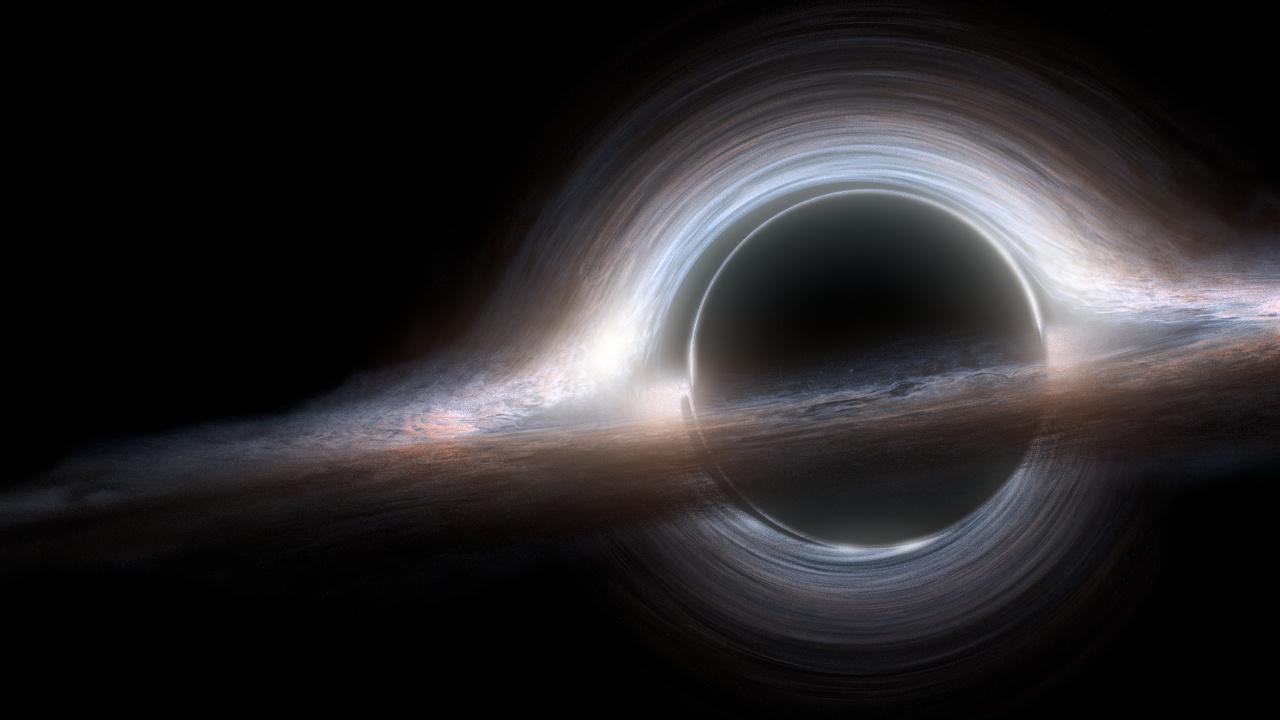
But, as usual, the reality is a bit more complicated. Contrary to popular misconceptions, black holes are not some kind of cosmic vacuum cleaners that fly through space and devour everything in its path. Yes, they can destroy planets and entire star systems. But only if those find themselves in close orbit around a black hole due to some gravitational perturbations.
At the same time, we should not say that the danger of black holes is greatly exaggerated. To get into their deadly embrace, a hypothetical astronaut would need to make some effort. But we should not forget that black holes do not absorb absolutely all the matter in their vicinity: some of it is ejected outward in the form of plasma jets moving at light speeds. Also, many of them are surrounded by accretion disks. And they are a powerful source of radiation, from which it is better to stay as far away as possible.
Moreover, sometimes black holes can literally decide the fate of galaxies. We’re talking about the gravitational monsters at their centers, whose masses are millions or even billions of times greater than the Sun’s. Astronomers know of cases when the most active supermassive black holes had such a strong impact on the environment that it led to the formation of real “winds”. They literally blew all the gas out of their galaxies, after which all star formation processes stopped and the galaxies began to die. So, even if real black holes don’t behave exactly as they are usually depicted in science fiction, it doesn’t make them any less dangerous.
